Introduction
In the vast tapestry of culinary traditions that weave through the diverse landscapes of China, one finds a myriad of beverages that not only nourish the body but also delight the senses. Among these, Youcha Mian, a beverage derived from a blend of roasted grain flour and tea, stands out as a unique and timeless delight. Often overlooked by the international gastronomic community, Youcha Mian embodies the essence of Chinese folk wisdom and culinary artistry. This article delves into the intricacies of preparing Youcha Mian, exploring its historical background, the significance of its ingredients, and the meticulous process known as “chong fa” (冲法), which translates roughly to “brewing method.”
Historical Context and Origins
The origins of Youcha Mian can be traced back centuries, with varying accounts pointing to different regions within China as its birthplace. Some historians suggest that it originated in the northern provinces, where harsh winters necessitated a warm and nutritious beverage to sustain the population. Others contend that it hailed from the mountainous regions, where tea cultivation and grain farming coexisted, inspiring the fusion of these two staples into a single, comforting drink.
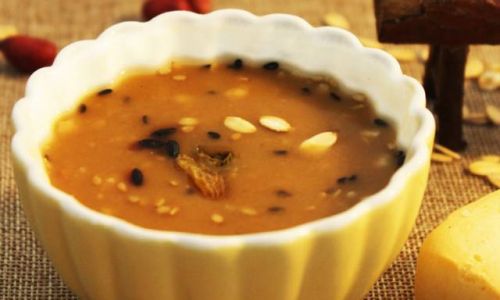
Regardless of its precise origin, Youcha Mian has evolved into a cherished beverage across China, particularly in rural and semi-urban areas. It is often associated with nostalgia, evoking memories of childhood, family gatherings, and the simple joys of life. Its preparation, while seemingly straightforward, is steeped in tradition and requires a delicate balance of ingredients and technique to achieve the perfect flavor.
Ingredients and Their Significance
The cornerstone of Youcha Mian is roasted grain flour, typically made from a variety of grains such as wheat, corn, soybeans, or a combination of these. The roasting process is crucial, as it not only enhances the aroma and flavor of the flour but also adds a subtle smokiness that complements the tea. The choice of grain can vary by region, reflecting local agricultural practices and personal preferences.
The tea used in Youcha Mian is typically a black or green tea, chosen for its ability to blend harmoniously with the roasted grain flavors. Some recipes also incorporate other ingredients like sesame seeds, peanuts, or dried fruits, adding layers of complexity and texture to the final beverage.
The addition of milk or a milk substitute, such as soy milk or oat milk, is optional but popular, especially in modern variations. This addition softens the robust graininess of the flour and creates a creamier, more indulgent drinking experience.
The Art of Chong Fa: Preparing Youcha Mian
Preparing Youcha Mian is a ritual that combines precision with creativity. The process, known as chong fa, involves several steps, each critical to achieving the desired taste and texture.
Preparing the Grain Flour

Begin by roasting the chosen grains until they turn a golden brown, releasing their natural oils and developing a rich aroma. This can be done in a wok or an oven, with constant stirring to ensure even roasting. Once roasted, grind the grains into a fine powder using a food processor or a traditional mortar and pestle. The resulting flour should have a warm, nutty smell and a slightly toasted color.
Brewing the Tea
Select your preferred tea leaves and brew them according to their instructions. Use freshly boiled water and allow the tea to steep for the recommended time to extract its full flavor. Strain the tea to remove the leaves, ensuring a clear, aromatic liquid.
Combining the Ingredients
In a large bowl or pot, add a generous amount of roasted grain flour. Gradually pour in the brewed tea, stirring continuously with a whisk or chopsticks to prevent clumping. The consistency should be thick but pourable, akin to a thick porridge or a smooth paste. If using milk or a milk substitute, add it at this stage, continuing to stir until fully incorporated.
Adjusting the Taste
Taste the mixture and adjust accordingly. If it’s too thick, add a little more tea or milk. If it lacks flavor, consider adding a pinch of salt or a sweetener like honey or sugar. Some recipes call for a drizzle of sesame oil or a sprinkle of ground nuts for added depth.
Serving Youcha Mian
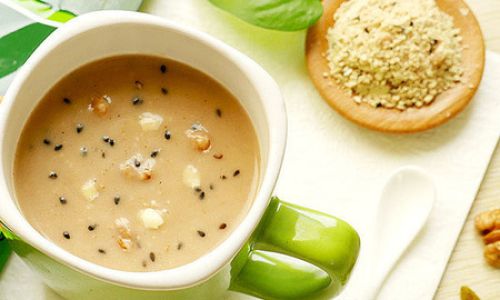
Once the mixture reaches the desired consistency and flavor, pour it into individual bowls or mugs. Serve hot, ideally accompanied by a side of steamed buns, fried dough sticks, or other snacks that complement its rich, hearty taste.
Cultural Significance and Modern Variations
Youcha Mian transcends mere nourishment; it is a cultural artifact that reflects the ingenuity and resourcefulness of Chinese people. In many rural communities, it is still prepared daily as a breakfast staple or an afternoon snack, passed down through generations as a cherished family tradition.
In recent years, Youcha Mian has undergone a modern renaissance, with chefs and food enthusiasts experimenting with new ingredients and presentation styles. Some variations include the incorporation of matcha or other herbal teas, the addition of fresh fruits or nuts for a tropical twist, and even vegan adaptations to cater to diverse dietary needs.
Despite these innovations, the core essence of Youcha Mian remains unchanged—a warm, comforting beverage that embodies the simplicity and wisdom of Chinese cuisine. Its preparation, though seemingly humble, is a testament to the art of balance and harmony that lies at the heart of all great cooking.
Conclusion
In conclusion, Youcha Mian is a beverage that transcends time and space, connecting the past with the present through its rich flavor and cultural significance. The process of preparing it, known as chong fa, is a delicate dance of ingredients and technique, requiring patience, precision, and a deep respect for tradition. As you embark on your journey to create this timeless beverage, remember that each step, from roasting the grains to brewing the tea, is a part of a larger story—one that tells of China’s culinary heritage and the enduring joy of sharing a simple, heartfelt meal with loved ones.

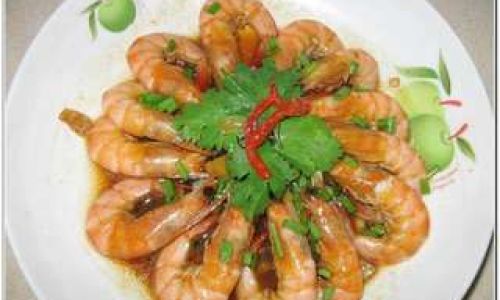
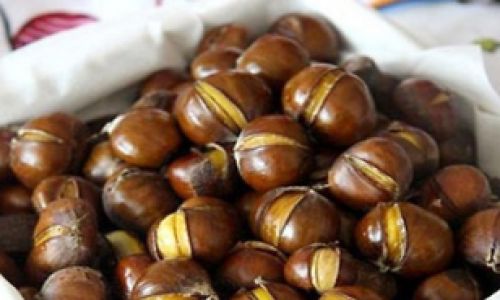
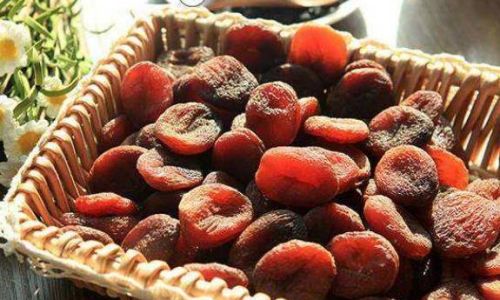
0 comments